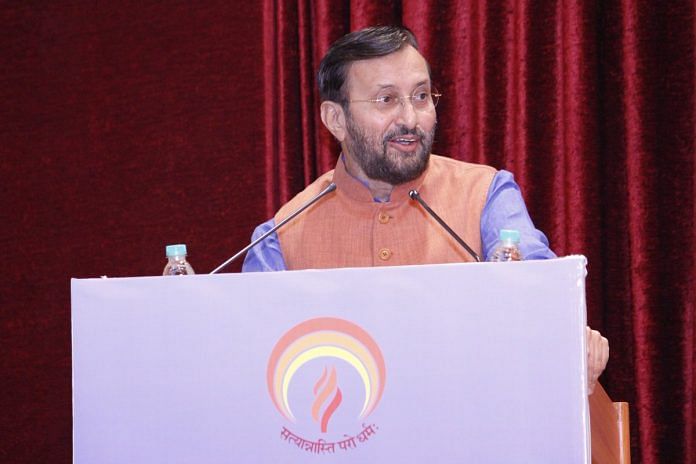Push comes after President Kovind called for developing 17 new central universities. Centre begins with sorting infrastructure and faculty issues.
New Delhi: The Centre is getting its act together to develop the new central universities set up after 2009, with the HRD ministry rolling out an action plan to bring them on a par with the older ones. And their first move is to get the infrastructure in place.
“One of the main parts of the action plan is to improve infrastructure. We have been having discussions with senior officials from the new universities and found that many don’t get students and faculty because of poor infrastructure,” a senior official in the ministry said.
“We will provide them all the financial support they need but they have to plug all the holes and get their issues sorted out by 2022,” the official added.
Sources said the action plan is being pushed after President Ramnath Kovind, who is the Visitor for all central universities, showed keen interest in developing the new ones. The president, who had held discussions with vice-chancellors of the new universities in January this year, is believed to be monitoring the progress of the action plan with the HRD ministry.
There are 17 new central universities in India, the first of which were set up by the UPA government in 2009. It was part of a plan to have a central government-run university in each state. But even after all these years, many of the universities are grappling with infrastructural issues and an acute shortage of staff.
The HRD official said the government has addressed a major problem that affected the universities — allotment of land.
“Only two universities, in Himachal and Gujarat, have some problem in getting land allotted by the state government; we are trying to sort this. The land issues of all the other universities have been addressed. They just need to improve on their infrastructure and build campuses now,” he added.
Little infrastructure, few faculty
Of the 17 central universities, only five — in Karnataka, Rajasthan, Haryana, Kerala and Tamil Nadu — have moved to permanent buildings. Kashmir University had issues with the land it was allotted but it recently got sanction to construct a building on the allotted land.
The HRD action plan also hopes to address the other pressing concern of the new universities — poor faculty numbers.
As ThePrint had reported earlier, some of the new universities are running with not even a third of the required faculty members.
The Central University of Orissa for instance, has more than 83 per cent faculty vacancy; it runs with just 16 per cent of permanent faculty members.
Those on the university administration blame their predecessors, saying they opened a number of departments with taking into consideration faculty demands.
“The large number of permanent vacancies that you see in the university is because of some uncalculated decisions in the past,” vice-chancellor Sachidananda Mohanty had told ThePrint earlier.
The HRD official said recruitment will begin once the legal issues over the UGC’s circular on hiring reserved category candidates are resolved.
“Once the Special Leave Petition (SPL) on recruitment is settled by the court and the universities get a go ahead to hire, we will ask the new universities to fill up their vacancies on a priority basis,” the official said.
Sources hinted that after its deadline of 2022, the HRD ministry may contemplate decisions like shutting down of departments that don’t have any students.







that is the problem we need lean and strong, not huge mass with no strength, strengthen the existing ones and make them efficient at all levels, also most important needed is to ban the tuition, tutorials and coaching schools which are destroying education